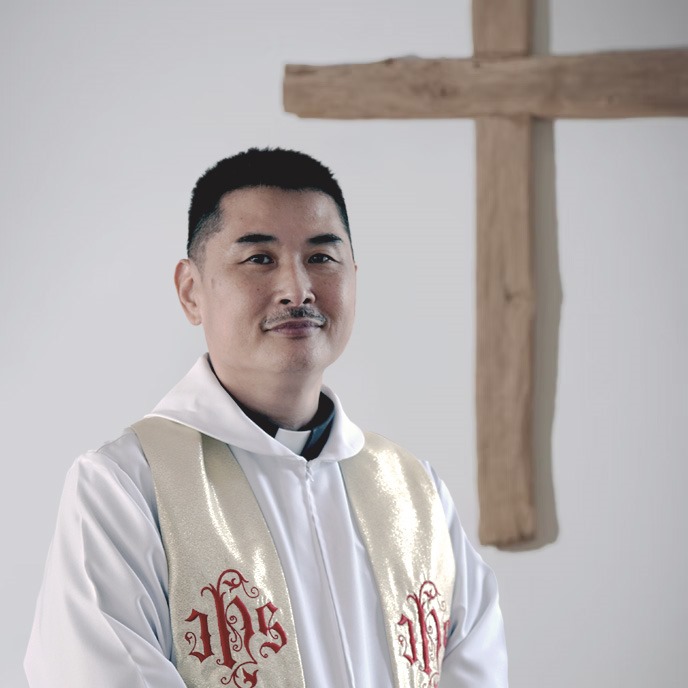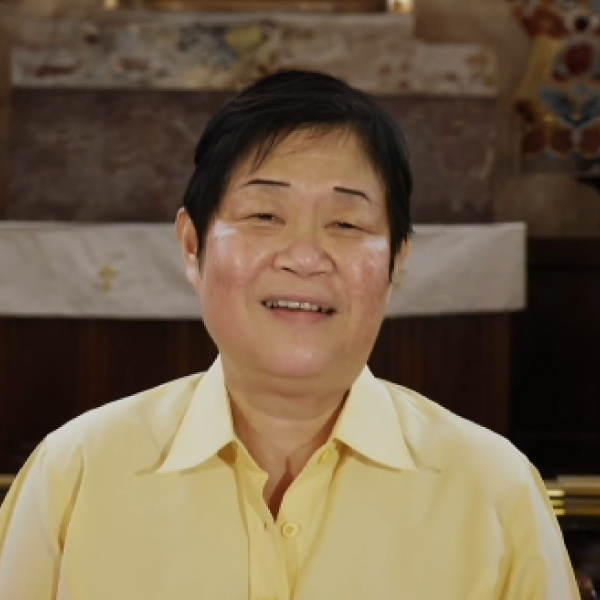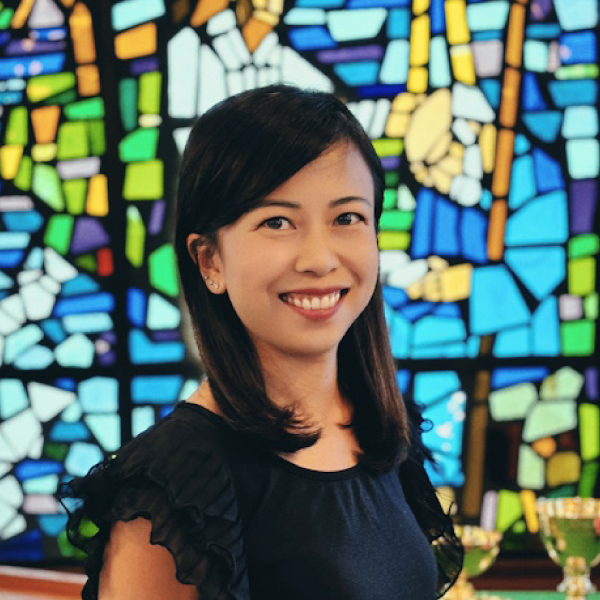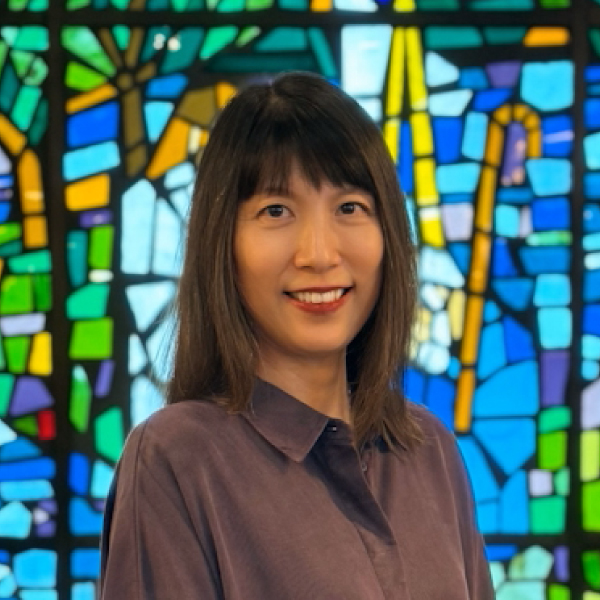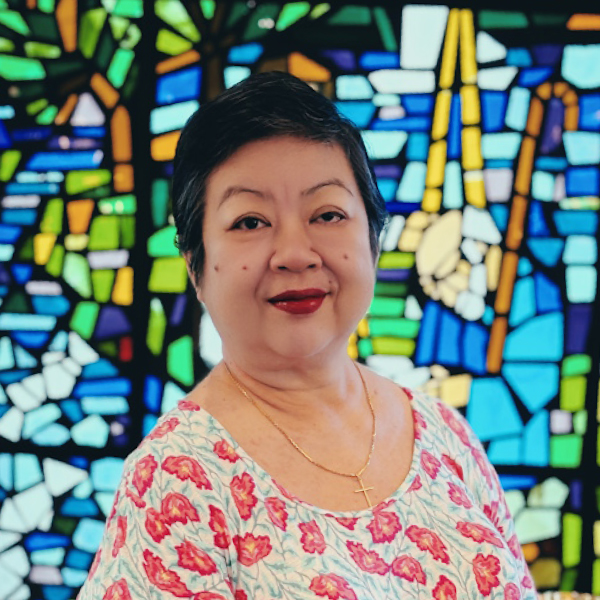Your cart is currently empty!
ABOUT US
ABOUT SPH
ST PETER’S HALL’S MISSION
Moulding the future of the Anglican Church in Singapore and the region by:
(1) Equipping and forming current and future leaders of the Diocese of Singapore,
(2) Upholding our Anglican identity, and
(3) Fostering community among our trainees.

WELCOME
MESSAGES
OUR ARCHBISHOP AND WARDENS
Board Members
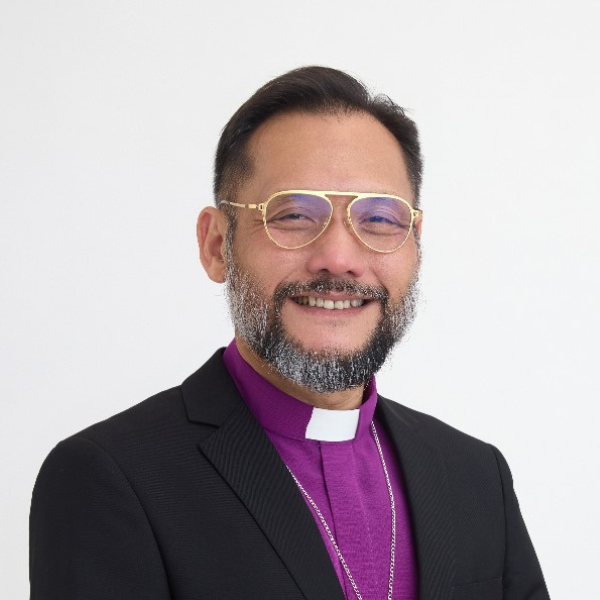
Most Revd Dr Titus Chung
Chairman
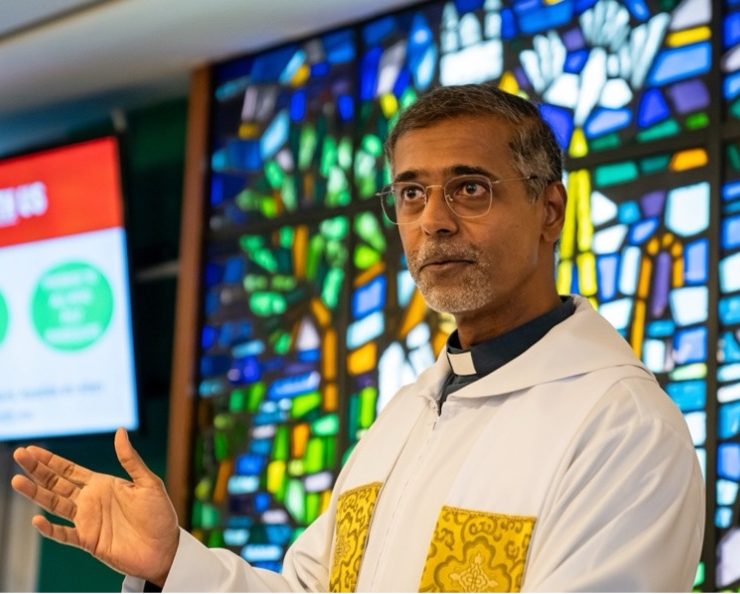
Revd Dr Joshua Sudharman
Honorary Secretary
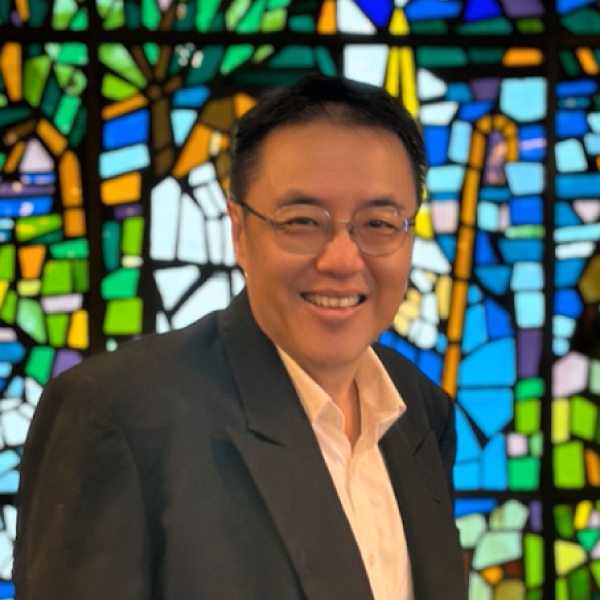
Soo Khian Seng
Honorary Treasurer
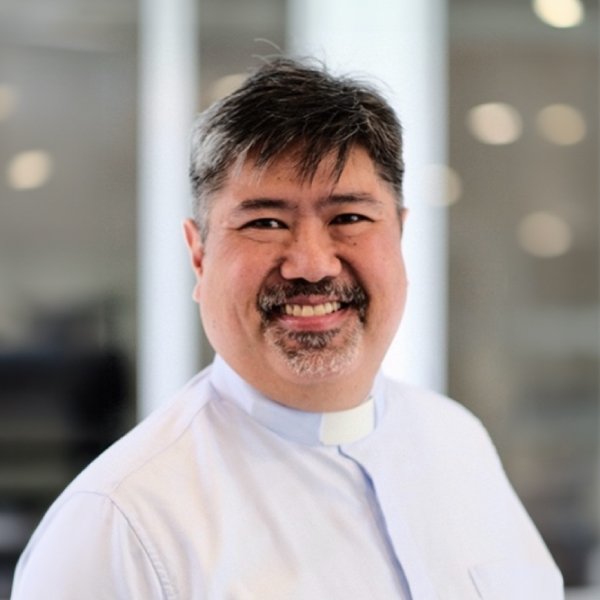
Rev Dr Jonathan Wong
Member
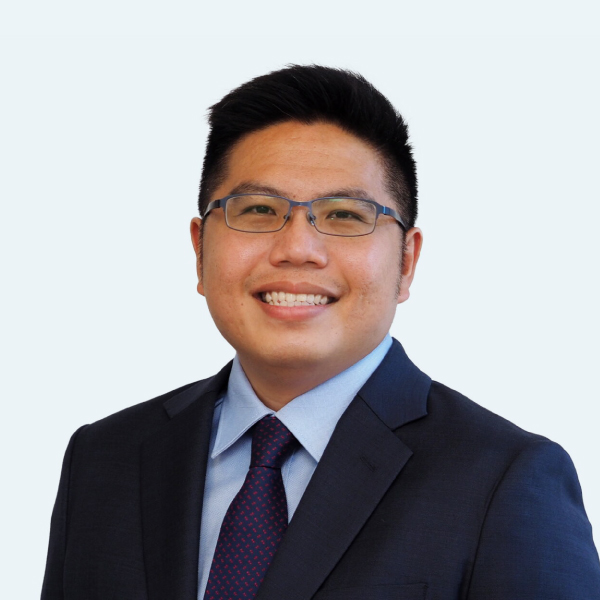
Revd Dr Jeremy-Joe Tan
Member
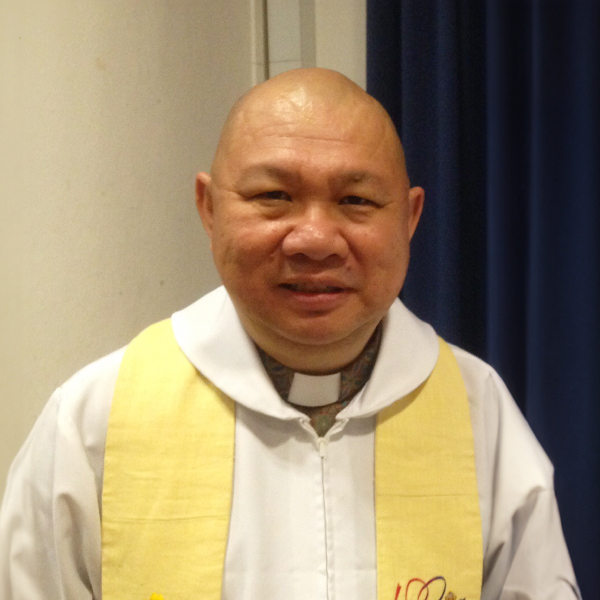
Revd Dr Timothy Chong
Member
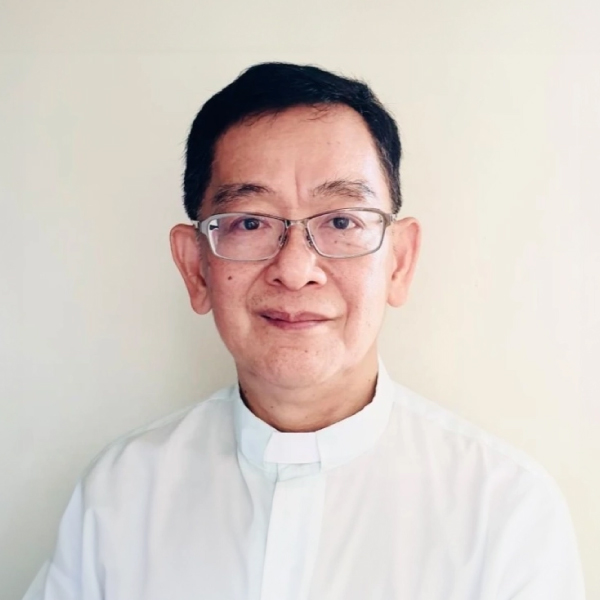
Revd William Chee
Member

Revd Canon Huang Ao-You
Member
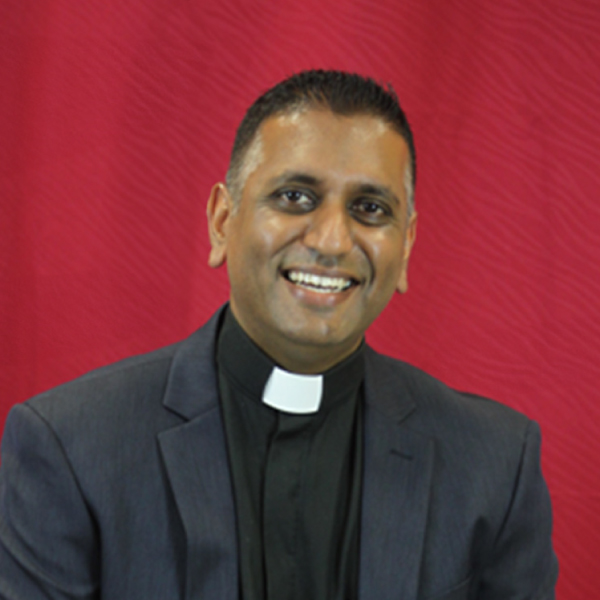
Revd Charles Tewer
Member
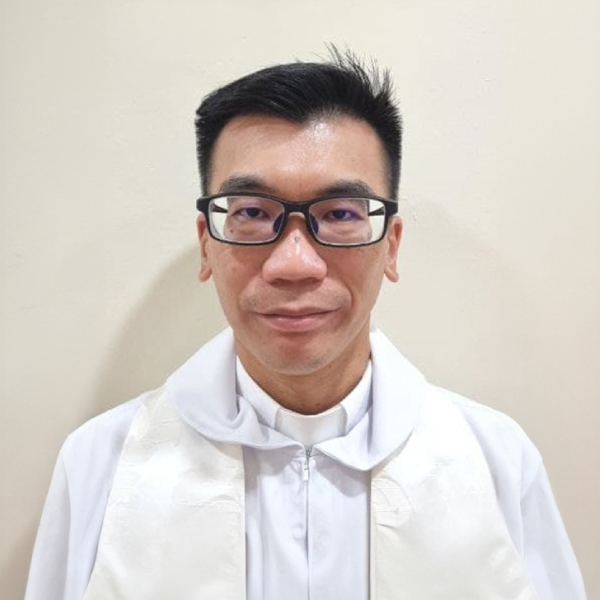
Revd Aaron Cheng
Member

Pamela Pung
Member

Dr Carl Thong
Member

Tan Kah Ho
Member

Peh Eng Kiat
Member
OUR STAFF
OUR JOURNEY
In this brief overview of the history of St Peter’s Hall, we will highlight our founding Warden and his successors, our 3 different locations, and recent reorganisation. These are shared in the hope that we may trace the Lord’s hand of provision and faithfulness, and appreciate how the 70-year journey was a process of ripening for the coming years.
OUR FOUNDING WARDEN AND SUCCESSORS
St Peter’s Hall (SPH) was started by the Diocese of Singapore in 1954, and the founding Warden was a Norwegian missionary, The Revd Canon Sverre Holth. He was born in 1902 and went to China as a missionary at age 23.
He was a man of courage who had tried to protect local Chinese villagers from invading Japanese soldiers in 1940. He was stripped naked by the soldiers, taken out into the snow, and with his three children watching from the window, shot in the back and left to die! But miraculously he survived, the bullet never having been removed!
After a period of recovery and healing, he was ordained an Anglican Priest the following year in 1941, eventually left China in 1952, and arrived on the shores of Singapore in 1953.
In March 1954 he became the founding Warden of St Peter’s Hall, and the same year he also became the founding pastor of St Andrew’s Cathedral Mandarin Congregation.
While at SPH he was on the faculty of TTC, teaching Systematic Theology. He was also a visiting professor at Harvard Divinity School! Eventually he returned to Oslo where his final season was spent pastoring a church and teaching at the University of Oslo.
Following Canon Holth, there were 18 other Wardens to the present.
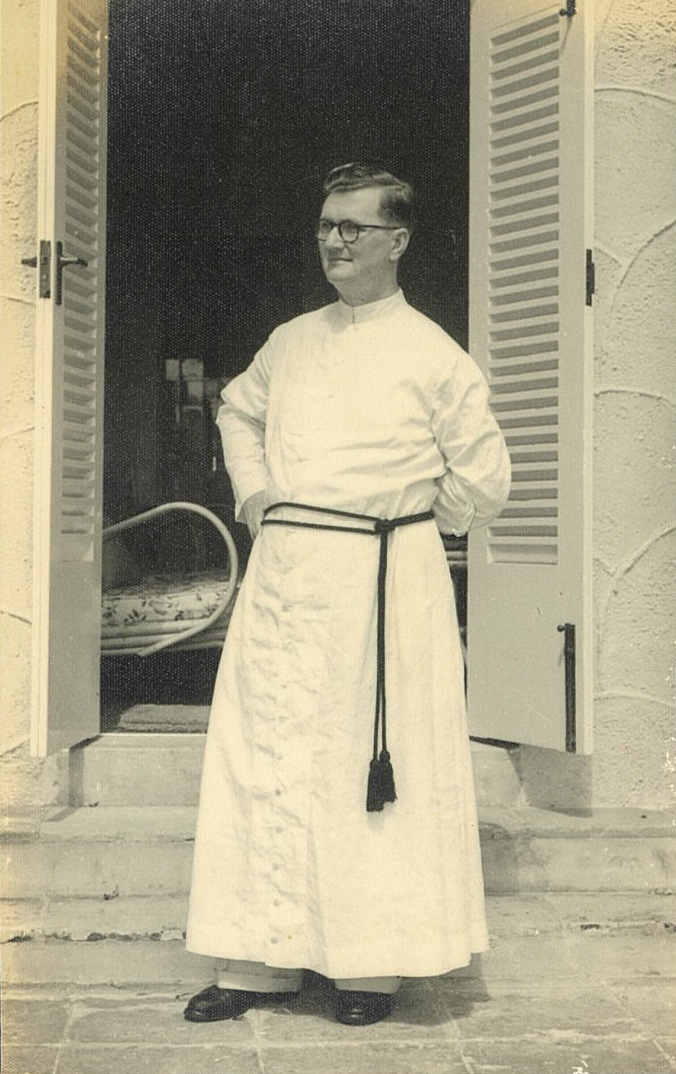
Canon Dr Sverre Holth
Founding Warden of SPH
| TERM | WARDEN |
|---|---|
| 1954-1964 | Sverre Holth |
| 1965-1967 | Charles H Clark |
| 1967-1968 | R Alan Cole |
| 1969-1970 | Graham S Ogden (Ag) |
| 1970-1972 | John B H Lee (Ag) |
| 1973-1976 | Peter Leung |
| 1976-1978 | Bruce Winter |
| 1978-1979 | John Chew (Ag) |
| 1979-1980 | Arthur Tudball |
| 1980-1983 | Ted Newing |
| TERM | WARDEN |
|---|---|
| 1983-1987 | Sverre Holth |
| 1987-1995 | Frank Lomax |
| 1995-2001 | Soon Soo Kee |
| 2001-2010 | Hwa Chih |
| 2010-2011 | Mervyn Moore |
| 2011-2014 | Yong Chen Fah |
| 2014-2016 | Mervyn Moore |
| 2017-2021 | Joseph Goh |
| 2018-2019 | Kuan Kim Seng (Ag) |
| 2021-present | Joshua Sudharman |
Some Wardens served a couple of stints (like the late Canon Mervyn Moore from South Africa) and some were Acting Wardens, filling in while the Warden was away on further studies.
3 DIFFERENT LOCATIONS
SPH was initially located in Woodsville (what is now called St Andrew’s Village at Potong Pasir).
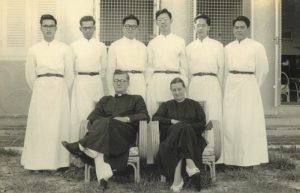
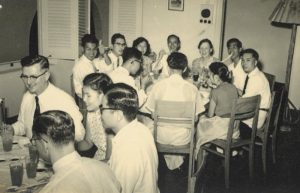
Later in 1960, for the sake of shortening the commute to TTC, SPH was moved to Mount Sophia to be adjacent to TTC. This was SPH’s home for the next 4 decades until 2001.


When TTC vacated Mount Sophia to move to Upper Bukit Timah at the turn of the millennium, SPH moved with TTC. SPH now occupies space within one wing of the TTC hostel at the Upper Bukit Timah Road campus. Nevertheless, it continues to retain certain distinctives, being the only Hall in TTC with its own small and beautiful Chapel, office and training room.
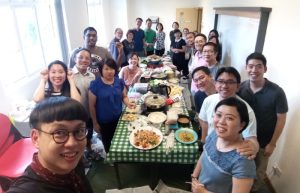
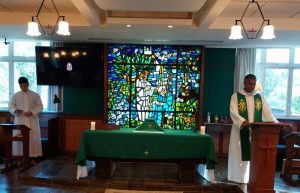
OUR RECENT REORGANISATION
To provide some context to the reorganisation within St Peter’s Hall, we will begin by sketching out SPH’s position with respect to the Diocese of Singapore and Province of South-East Asia.
This diagram represents the Province of South-East Asia, comprising 4 Dioceses: West Malaysia, Sabah, Kuching and Singapore.

The Diocese of Singapore can be subdivided into the Archdeaconry of Singapore, the Mission Deaneries and the School and Community Services Chaplaincies. Then there’s TTC which is not part of the Diocese but closely related, because we are one of the founding denominations.
SPH has traditionally occupied the space straddling parts of the Diocese and part of TTC. This represented the scope of SPH’s training ministry up to 2021. SPH’s role from the beginning was to prepare people for ordination and for ministry in the Anglican church. When the Deaneries were formed, their candidates, especially for ordination, were also sent to TTC and St Peter’s Hall.

Since 2021, the scope of SPH’s ministry has expanded to be the Home of Training for the entire Diocese, continuing to interface significantly with TTC, but also developing collaborations with other training institutions and seminaries. So this represents the new scope of SPH’s work since 2021.

Looking forward from 2024 to the future, the scope and level of challenge has not just expanded but exploded! And SPH will need all the help we can get, from the Lord, from the Diocese, and from well-wishers and supporters everywhere.
OUR STRUCTURE
INTRODUCTION
In this overview of the structure of St Peter’s Hall as the Home of Training for the Anglican Diocese of Singapore, we will highlight WHOM we are seeking to train, WHAT areas of training we will focus on, and HOW we intend to deliver the training.
These are the fruit of a 2-year process of sense-making and discernment. We are grateful that the Lord has enabled SPH to find clarity in the midst of complexity, so that we may fulfil our daunting mandate with clear direction and focus.
WHOM WE ARE SEEKING TO TRAIN
As mentioned in OUR JOURNEY, the following diagram depicts the current scope of St Peter’s Hall’s training ministry.

The scale of the Diocese is immense (exceeding 30,000) and therefore requires the sub-division of the large numbers of potential trainees into meaningful categories. The following categorisation was agreed on by the Board:

The Seminarians refer to the Anglicans enrolled in Trinity Theological College, who are automatically part of the St Peter’s Hall community in TTC, and are affectionately known as Petereans. Most of them will obtain a theological diploma or degree and go on to serve in full-time pastoral ministry in the Diocese or Deaneries. There are approximately 30 of them at any given time.
The In-Service Staff refer to all hired or salaried staff serving in the Diocese, i.e. those who are paid for their services to the Diocese. They may be employed by the Diocese, or by the parishes, or by Diocese-related entities (e.g. St Andrew’s Mission Hospital, Singapore Anglican Community Services, Anglican Preschool Services). There are an estimated 300-400 of them.
The Lay Members (or Laity) are the members of our Anglican parishes, who are regular worshippers. Some may be serving in ministries and holding leadership roles within their churches, but these roles are voluntary and not salaried. There is typically a partnership and cooperation between the In-Service Staff and the Lay Members in carrying out the various ministries of the church.
The training needs of each of these 3 groups are somewhat distinct, which makes them meaningful categories for segmenting the trainee population.
Even within the In-Service or the Lay Members categories, there is a substantial diversity of training needs. For further segmentation and subdivision, we need to identify “Levels” which denote seniority of leadership. The following diagram seeks to illustrate how both the Lay Members and
In-Service Staff can be stratified into 3 layers:
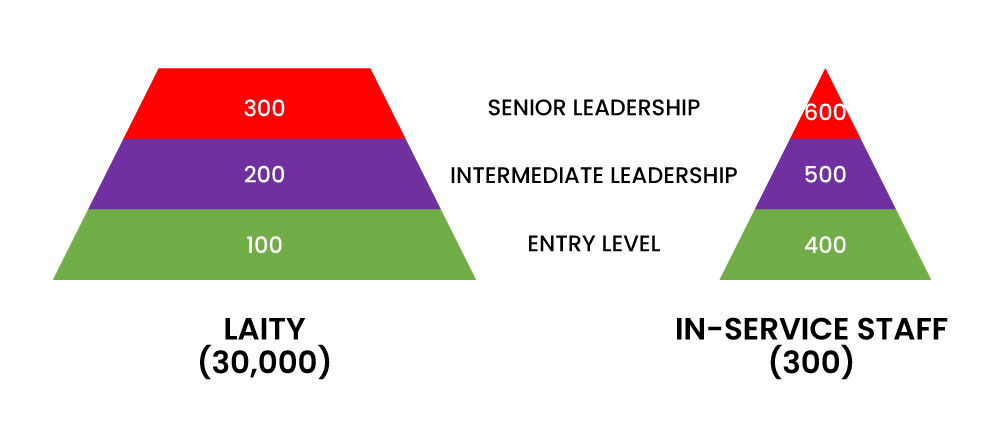
(The numbers 100-600 are code numbers for the levels, not to be confused with the actual quantity of people in each sub-category.)
The green layers are the ‘entry level’, meaning this is the first level a person is at before being given higher leadership responsibilities. For Lay Members, the majority of church members are at this level (labelled 100 level). For In-Service Staff, the majority of pastoral, chaplaincy and administrative staff are this entry level (labelled 400 level). Within this framework, the Seminarians or Petereans are at the 400 level.
The purple layers are the ‘intermediate leadership level’, meaning this is the next level of leadership and service that a person moves to after ‘entry level’. For Lay Members, this level includes the Cell Group leaders, Ministry leaders, etc (labelled 200 level). For In-Service Staff, this level refers to all Clergy and Deaconesses (labelled 500 level).
The red layers are the ‘senior leadership level’, meaning this is the level above the ‘intermediate leadership level’ that helps provide high-level supervision and direction. For Lay Members, this level includes the PCC (Parochial Church Council) members, Cell Zone / Cluster Leaders, Lay Readers etc (labelled 300 level). For In-Service Staff, this level includes Vicars, Priests-in-charge, and all Senior Clergy, e.g. Canons, Archdeacons, Bishops (labelled 600 level).
These layers can be stacked on top of each other to give a 6-level pyramid that represents all the people in the Diocese:

The ‘kueh lapis’ (layer cake) type arrangement is a meaningful way of stratifying the two broad demographic groups for training delivery, and encapsulates whom we are seeking to train.
WHAT AREAS OF TRAINING WE WILL FOCUS ON
As the Board considered the various priorities for training content in the Diocese, 6 broad areas were agreed upon as being most needful. Each of them has been structured as a School within St Peter’s Hall, denoting an area or domain of instruction and training that is relevant to the needs of our Diocese. These schools are conceptual rather than physical schools. The following are the 6 Schools within SPH:
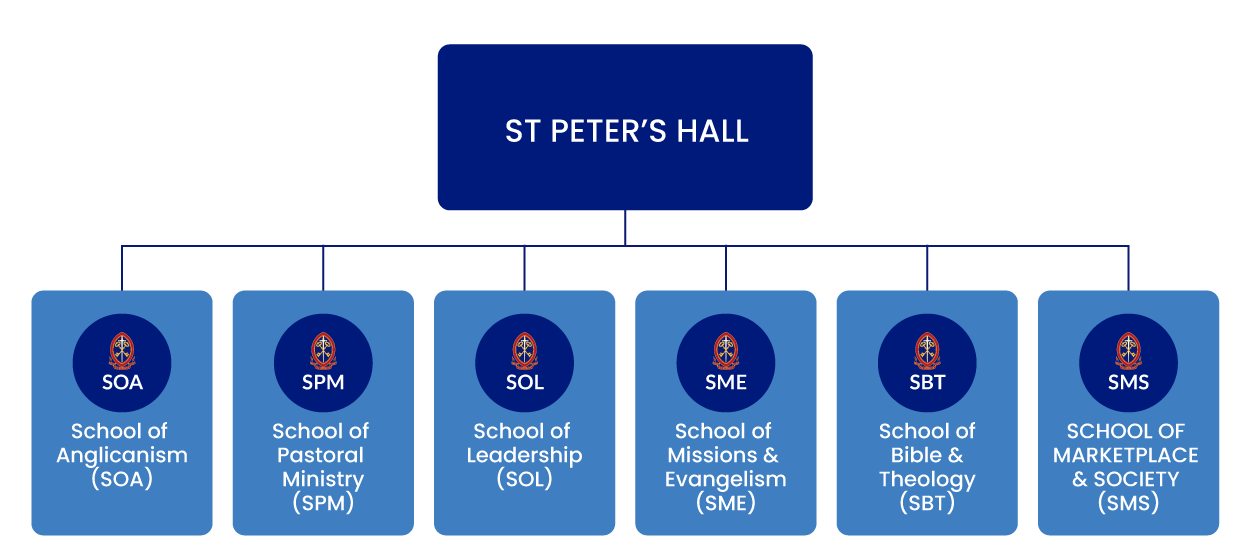
All the training we provide will be through one or more of these Schools. Some training courses fall neatly under one School, (eg Anglicanism Training course falls under SOA, and Alpha Host Training course falls under SME). However some training courses may include content that straddles more than one School (eg Responding Theologically and Pastorally to Mental Health Struggles would relate directly to both SBT and SPM).
See the OUR SCHOOLS page for more information about each.
Putting together the ‘kueh lapis’ model with the 6 Schools, we arrive at a matrix structure, and this 6 x 6 matrix defines the boundary of what we train and whom we train, and any training course SPH offers has to fit within one or more of these 36 boxes:
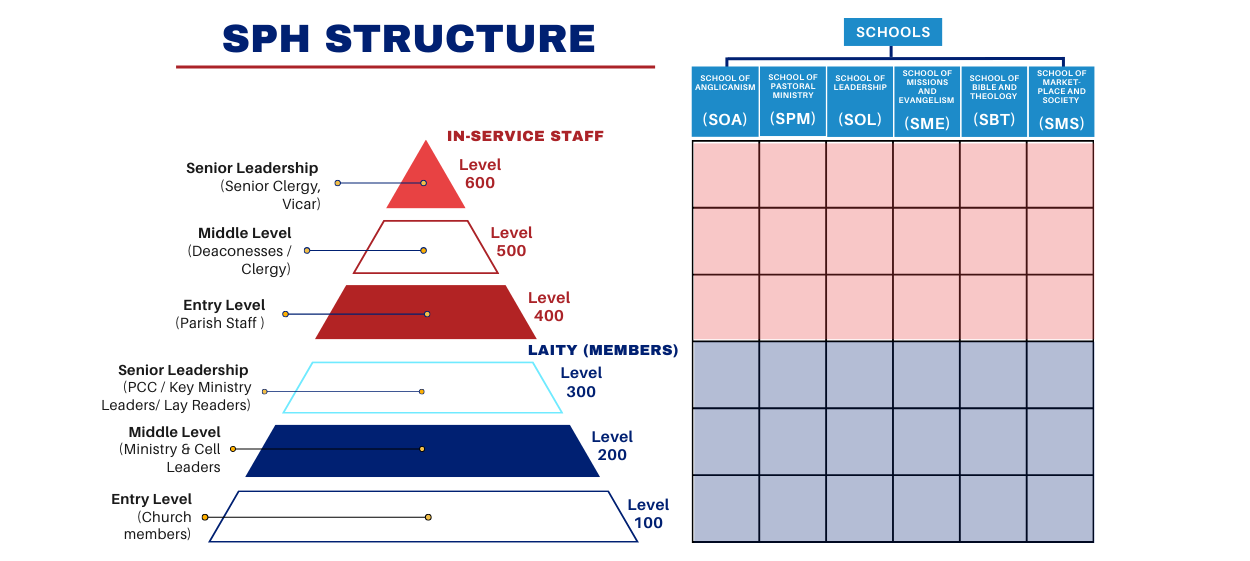
HOW WE INTEND TO DELIVER THE TRAINING
There are 2 main modes of training employed by SPH: On-site and Online. For the Seminarians, by virtue of their physical presence in TTC where SPH is based, most of their training is On-site and in-person. However when it comes to Lay Members and In-Service Staff, they are spread out over a much larger area geographically, even beyond the shores of Singapore if you include our Deaneries. Therefore there is no feasible way to offer the Lay Members and In-Service Staff regular and accessible training unless it goes online (hence the development of this Learning Management Website).
Online training can be sub-divided into 2 forms: synchronous (meaning everyone in the course shows up at the same time online) or asynchronous (meaning people consume the training content at a time that suits them, and not in a way that is synchronised with the other trainees).
Synchronous training will basically mean Zoom Calls, where everyone logs in to the same Zoom call at the same time from wherever they are.
Asynchronous training refers to the training happening “own time own target”, primarily through recorded video trainings that are watched by trainees on their own time.
Occasionally, for our on-site training, we will employ what’s called the FLIP CLASS model, where students are expected to come together physically for lessons, but they will consume the lesson content through videos outside of class and before the day of the class. Then at the on-site class session, the time together is spent on clarification and problem-solving instead of content download.
In conclusion, our Structure serves our Mission and Mandate to be the Home of Training for the Anglican Diocese of Singapore. We are called primarily to train 3 target groups: Seminarians, In-Service Staff and Lay Members. We deliver training at 6 levels. And we focus our content through 6 Schools. Our training modalities will encompass On-Site, On- Line (Synchronous and Asynchronous) and hybrids of the above.
OUR SYMBOLS
ST PETER’S HALL LOGO
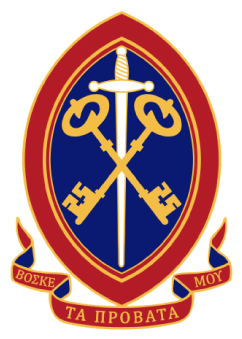
The logo of St Peter’s Hall is in the shape of a warrior’s shield, similar to that of Trinity Theological College, which signifies the shield of faith in the armour of God (Ephesians 6:10-18). The sword is yet another piece of armour, the sword of the Spirit, which is the word of God. Both of these symbolise the servant of the Lord fighting spiritual battles in service of the Lord.
The two diagonal keys represent the keys of the Kingdom, which Jesus promised to Peter, as keys are indicative of authority. The ribbon carries the words of Jesus to Peter in the original Greek: “ΒΟΣΚΕ ΤΑ ΠΡΟΒΑΤΑ ΜΟΥ” (transliterated “BOSKE TA PROBATA MOU”) which means “Feed My sheep” (John 21:17). This is the call of Jesus to Peter to shepherd the church.
OUR STAINED GLASS IN THE CHAPEL
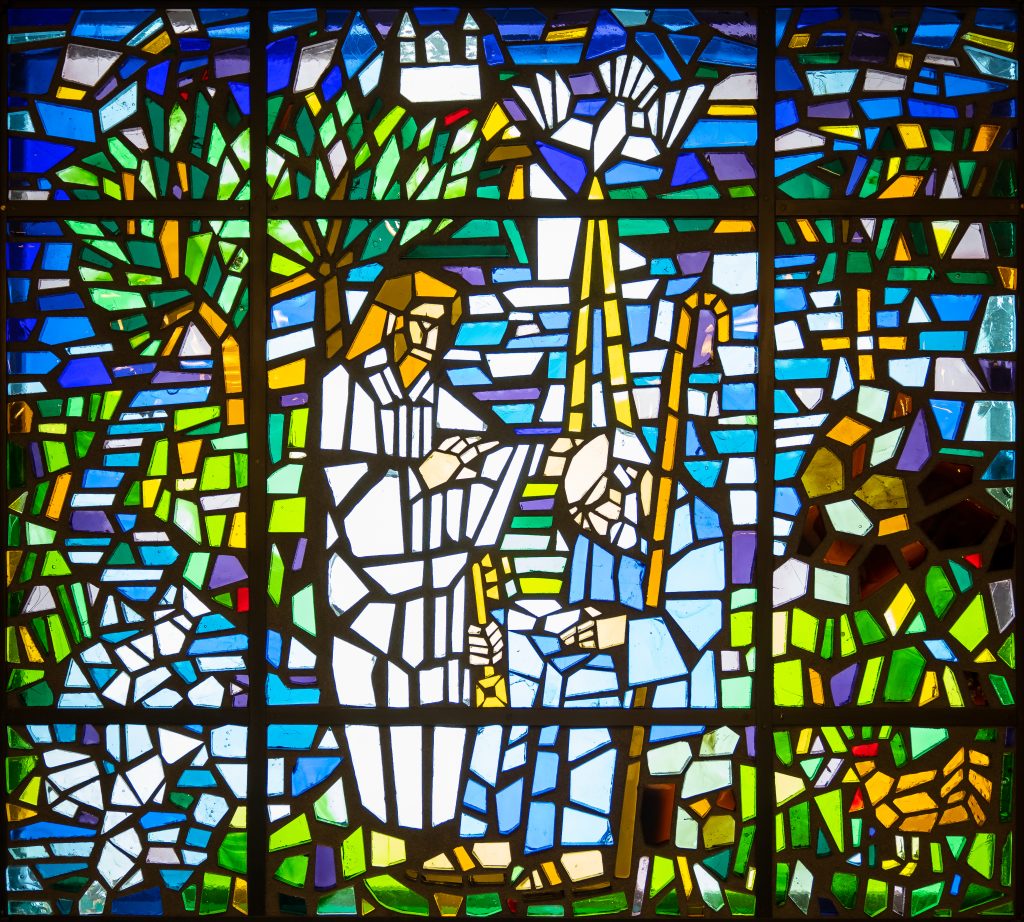
Our stained glass panel is rich with theological symbols and occupies a central position on the wall just behind the Holy Communion table in the SPH Chapel. It is a montage of snapshots from several key moments in the life of St Peter as described in the Gospels and in church history. It also connects Peter’s call as a ‘fisher of men’ to Old Testament prophecy of the river from the temple teeming with fish and making the Dead Sea fresh (Ezekiel 47)!
When SPH was moving from its Mount Sophia site to its current home in Upper Bukit Timah more than 20 years ago, an artist with a PhD in theology was commissioned to design this stained glass panel. Little did they realise at the time that this artist would go on to be the Chairman overseeing SPH, and the Bishop of the Diocese… none other than Bishop Titus Chung himself! And Bishop Titus has played a major role in re-designing the entire scope and structure of St Peter’s Hall to serve the training needs of the entire Diocese.
See if you can spot the following for yourself:
- Jesus laying his hand on Peter
- Peter seated with head bowed
- Peter holding a shepherd’s staff and a large key
- The dove (Holy Spirit) shining on Peter
- Distant palace (representing the Kingdom of God)
- River flowing from the distant palace
- Trees (of life)
- Fish teeming in the river
- Upside-down cross on a hill (how Peter was crucified)
- Rooster (which crowed at Peter’s betrayal)
- Sailboat on lake (when Peter was called)
OUR STATUS
According to historical records of the Diocese, St Peter’s Hall (SPH) was started by the Diocese of Singapore in March 1954 as a training centre, dedicated to preparing men and women for fruitful ministry in the Anglican Church. Its status has always been that of a derivative entity of the Diocese of Singapore.
Its role and function are prescribed by the Constitution of the Diocese of Singapore (Schedule F). In 2021, St Peter’s Hall was granted its own Unique Entity Number (UEN) under the Ministry of Culture, Community and Youth, and is registered in the Singapore Charity Portal (www.charities.gov.sg) as an exempt charity.

OUR STATUS
According to historical records of the Diocese, St Peter’s Hall (SPH) was started by the Diocese of Singapore in March 1954 as a training centre, dedicated to preparing men and women for fruitful ministry in the Anglican Church. Its status has always been that of a derivative entity of the Diocese of Singapore.
Its role and function are prescribed by the Constitution of the Diocese of Singapore (Schedule F). In 2021, St Peter’s Hall was granted its own Unique Entity Number (UEN) under the Ministry of Culture, Community and Youth, and is registered in the Singapore Charity Portal (www.charities.gov.sg) as an exempt charity.



